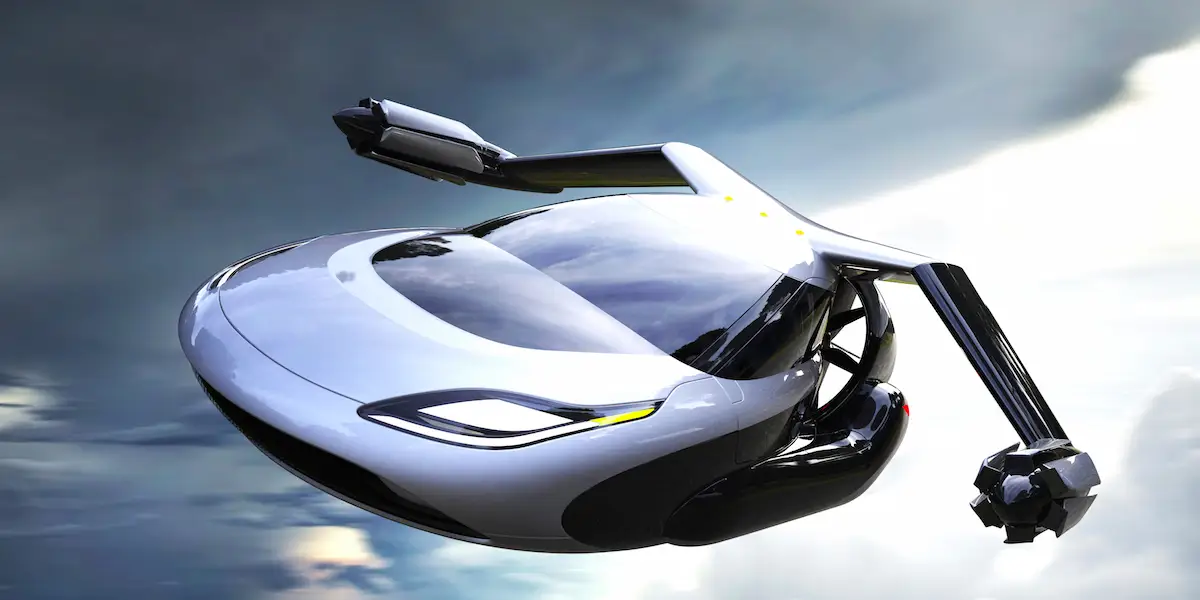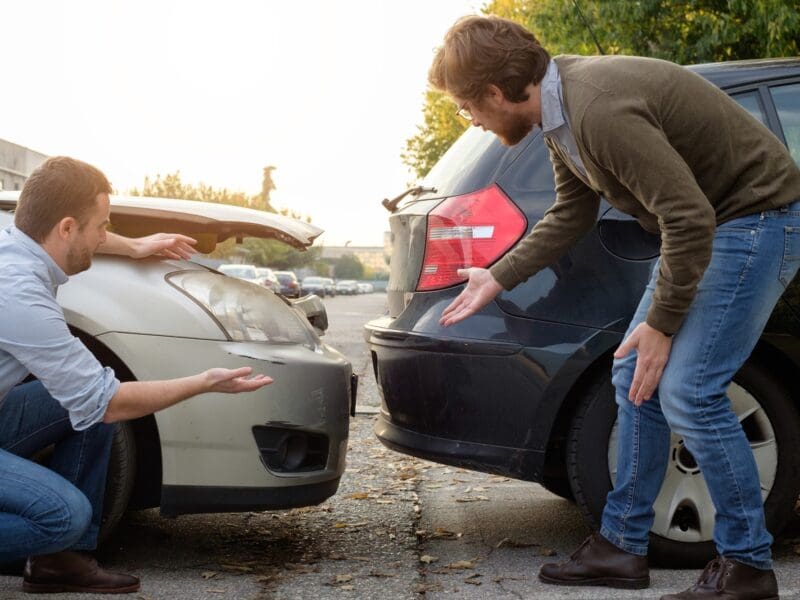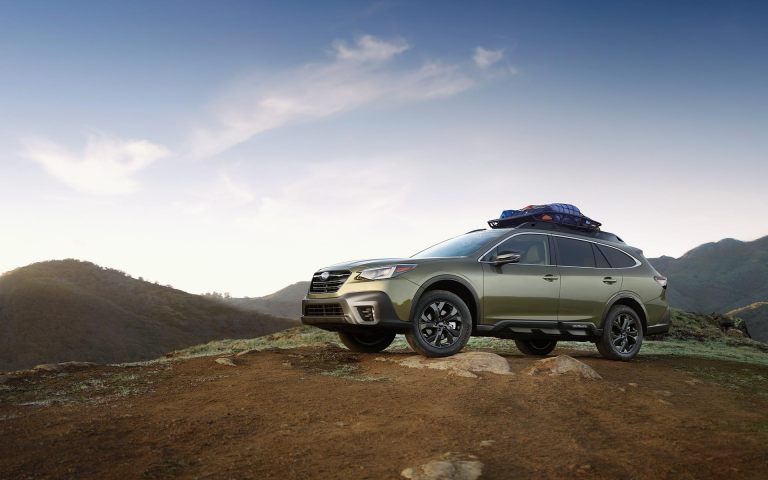
Revolutionizing Mobility: The Future of Transport Vehicles
With the fast-paced development of technology, it’s no surprise that Transport Vehicle are revolutionizing the way we commute. From self-driving cars to electric buses, the future of mobility is exciting and limitless.Mobility is a fundamental aspect of human life. From moving goods to people, transportation has been crucial in shaping societies and economies. In recent years, however, the transportation industry has undergone rapid evolution brought about by advancements in technology. These advancements have produced transport vehicles that are smarter, safer, cleaner, and much more efficient. In this article, we’ll dive deep into the possibilities of how technology can transform transportation for the better.
Self-driving Cars
The idea of self-driving cars has been around for a while now, and it’s finally becoming a reality. Tesla, for instance, has created a semi-autonomous system that allows cars to drive themselves on highways, and Google’s Waymo is testing fully autonomous vehicles in cities. Self-driving cars have the potential to reduce accidents, traffic congestion, and the need for parking; plus, they can be an excellent solution for disabled individuals who may not be able to drive themselves. However, there are still some concerns with their safety and how they adapt to different driving situations.
Electric Vehicles
The shift towards electric vehicles has been gaining momentum in recent times as we move towards a greener future. Electric cars and buses have been introduced by companies such as Tesla, Nissan, and BYD, reducing greenhouse gas emissions and causing minimal damage to the environment. The use of electricity also means less dependence on oil, making the transport sector more sustainable. The downside, however, is that battery technology still has a long way to go, and electric vehicles are often criticized for being too expensive when compared to traditional gas-powered vehicles.
Hyperloops
Many companies, including SpaceX and Virgin Hyperloop, have been working on developing a high-speed transportation system called the Hyperloop. It’s a vacuum-sealed pod that travels through a tube at high speeds, revolutionizing the way we can travel between cities. Hyperloops are expected to be faster, cheaper, and more eco-friendly than traditional air travel. Although they are still in the experimental phase, this could be a transformative transport option, with the potential to revolutionize long-distance travel.
Drones
Drones were initially introduced for recreational purposes, but they have quickly expanded into a more significant domain. Drones are already used for aerial photography, surveying, and even delivering packages. In densely populated areas, drones can be used as a transportation mode, effectively reducing traffic congestion and saving time. The only issue is the challenge of designing drones that are safe, practical, and capable of carrying large payloads.
Urban Air Mobility
The future of transport is heading to the sky. Electric vertical takeoff and landing (eVTOL) aircraft or “air taxis” are a reality. These vehicles can carry passengers from point A to point B via air, contributing to faster and more convenient transportation. Companies like Uber Elevate, Airbus, and Bell have initiated projects to revolutionize urban air mobility. However, the availability of air-taxi infrastructure and the regulations could be a significant hurdle in adopting this model.
Autonomous Vehicles
Autonomous vehicles have been a hot topic for many years now. These vehicles are equipped with sensors, cameras, and GPS systems that enable them to navigate and operate themselves without any human intervention. They are capable of detecting their surroundings, making decisions, and taking actions based on the information they receive.
In the future, autonomous vehicles will be more common on our roads, and they will be safer and more efficient. They will reduce congestion, minimize accidents, and save lives. Moreover, they will reduce the cost of transportation by allowing people to spend their time doing other things while on their commute.
The bustling suburb of Campbelltown, known for its rich history and vibrant community, has not been left behind in the cash for cars Campbelltown trend. Residents and car owners here have the advantage of various platforms and services that are keen on purchasing their vehicles. Whether the car is in pristine condition, slightly used, or even significantly worn out, these services offer competitive prices.
Electric Vehicles
Electric vehicles are becoming increasingly popular as people become more aware of the need to reduce greenhouse gas emissions. They are environmentally friendly, produce less noise pollution, and require less maintenance than traditional vehicles. Also, the cost of running an electric vehicle is significantly lower than that of a traditional vehicle.
In the future, electric vehicles will be more efficient and cost-effective. They will have longer ranges, faster charging times and will be affordable for everyone. Governments worldwide have also set targets to phase out gas-powered vehicles, and this will accelerate the adoption of electric vehicles.
Hyperloop
Hyperloop is a futuristic transport system that uses pods to transport people and cargo at high speeds through a vacuum-sealed tube. These pods can travel at speeds of up to 700mph, making them faster than traditional modes of transport. With hyperloop, travel times will be significantly reduced, and transportation will become more efficient.
In the future, hyperloop will revolutionize long-distance transportation. It will enable people to travel farther and faster without having to fly. Governments worldwide are already investing in hyperloop technology, and it won’t be long before we see hyperloop systems in use.
Drones
Drones have been used for years now for deliveries, surveying, and monitoring. They are becoming increasingly popular because they are cost-effective and can be controlled remotely. They can also navigate through tough terrains and inaccessible areas.
In the future, drones will be extensively used for deliveries, especially in urban areas. They will reduce traffic congestion and improve delivery times. Also, they will be used for emergency situations, such as delivering supplies to disaster-stricken areas.
Flying Cars
Flying cars are no longer a topic in science fiction movies. They are already in development, and some models are undergoing testing. Flying cars will allow people to travel through the air from point A to B, avoiding traffic and reducing travel times.
In the future, flying cars will be an alternative means of transportation, especially in urban areas. They will require less road infrastructure and will be much faster than traditional modes of transport. Moreover, they will be convenient for short-haul flights, reducing the need for airports.
The future of transport vehicles is promising, and we are already experiencing some of these advancements. From autonomous vehicles to hyperloops, drones, electric vehicles, and flying cars, we are on the verge of reimagining how we move people and goods. These advances will revolutionize mobility by making it faster, safer, cleaner, and much more efficient. The transportation industry is poised for an exciting future, and we cannot
The next few years will see massive disruption in the transportation sector as technology disrupts traditional norms and brings new innovative ways of commuting. We may see more electric vehicles on the road, self-driving cars, or even flying taxis as the future unfolds. These technologies will make commuting more sustainable, faster, and efficient than ever before, all with the potential of improving the quality of life for commuters while reducing carbon footprint. Although there are still regulatory and safety challenges, it is undeniable that mobility will undergo transformational growth, making transport vehicles an essential component of the future.







